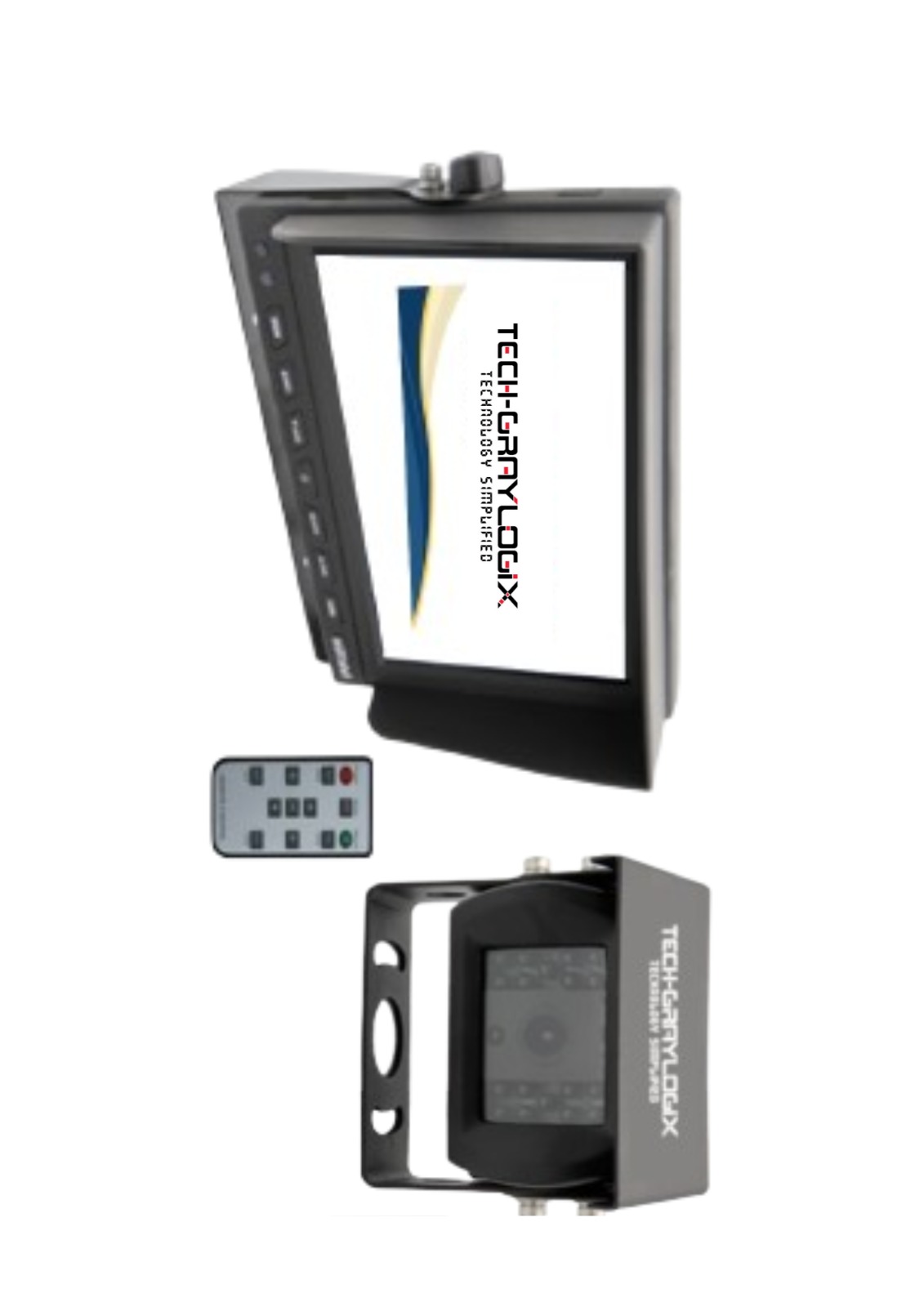Accidents involving vehicles reversing are a common safety issue on worksites. The Proximity Warning and Alert System (PWAS) is designed to address and reduce such incidents. Unlike systems that rely on personnel wearing identifiable tags, this PWAS utilizes sensors to detect all nearby individuals and objects, regardless of tagging. By incorporating IoT technology, the system enhances its capabilities with real-time data collection and analysis, seamless communication, and predictive maintenance. The IoT-enabled PWAS provides timely warnings, integrates with the vehicle’s control systems, and offers data-driven insights to improve collision avoidance and overall worksite safety.

The PWAS control unit is positioned next to the heavy equipment operator inside the vehicle. It triggers an alarm when it detects personnel or objects approaching the hazard zone, alerting the operator to potential dangers. The unit also records events and hazards, and this data is transmitted to a central server using IoT technology. This real-time data transfer provides valuable insights for evaluating and managing worksite risks effectively.
The PWAS sensor is installed on the rear of the vehicle, creating an extensive detection zone that identifies personnel and objects. The standard detection range is set to eight meters, with the flexibility to be adjusted based on the specific requirements of the site.

Backover accidents often occur due to limited operator visibility. The Proximity Zone is designed to mitigate this issue by defining a specific hazard area where objects crossing it can be detected. The default Proximity Zone covers an approximate 180-degree field with an 8-meter range, which can be adjusted according to the site’s safety requirements.

Integrating the PWAS Camera and Monitor with the PWAS enhances operator confidence by improving visibility of personnel and property in the machinery's blind spots. Cameras are installed at both the front and rear of the machinery, while the monitor is situated in the cab to provide clear visual feedback and alerts. Additional cameras can be added as needed to meet specific site requirements.
Let’s discuss how our solutions can make your workplace safer and more secure. Your safety is our priority.
Contact Us